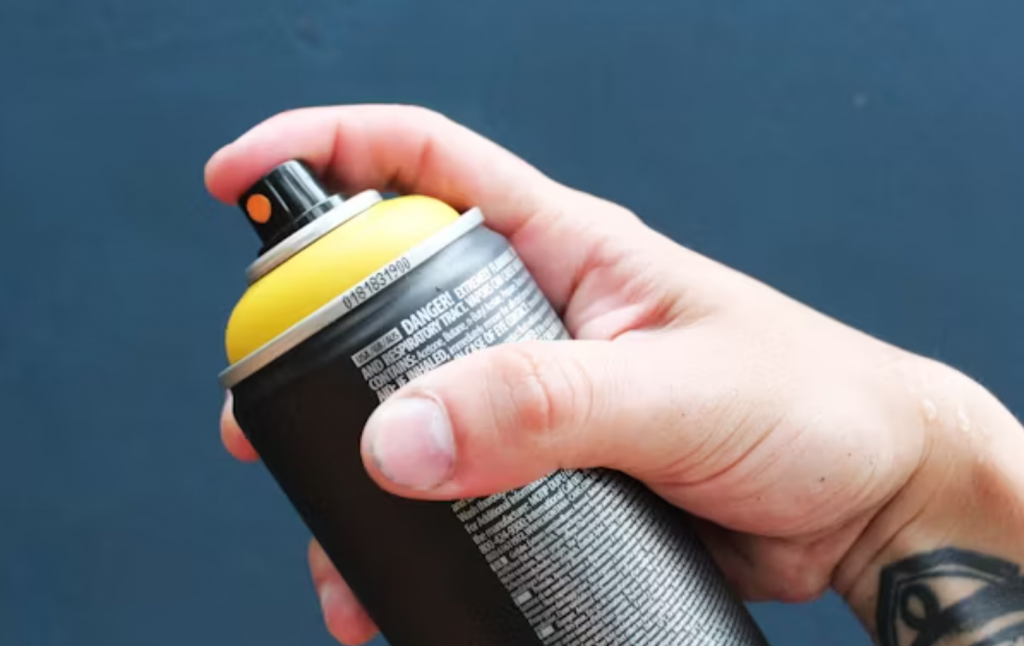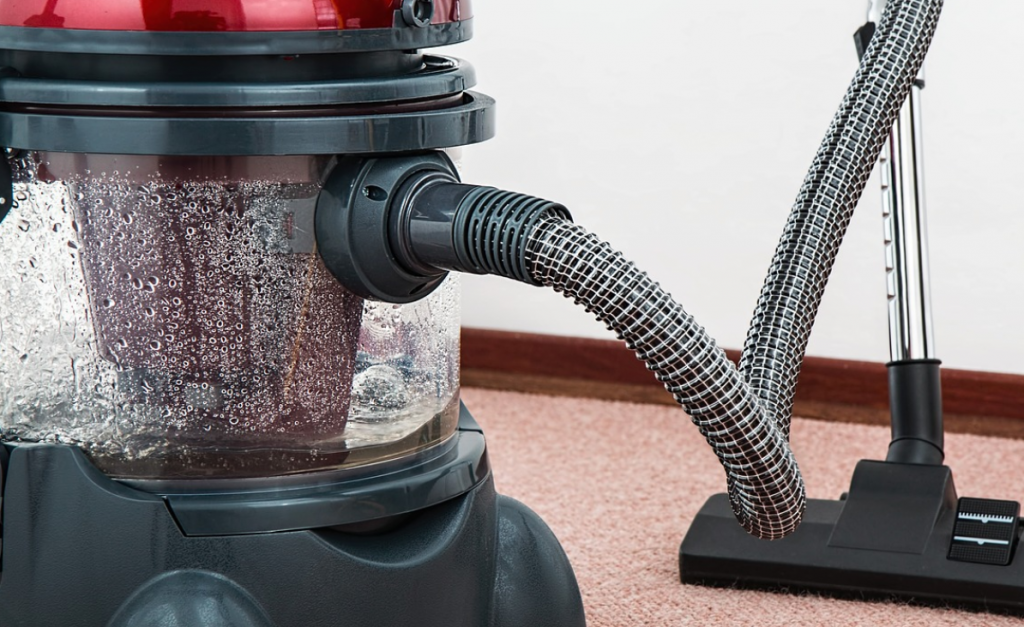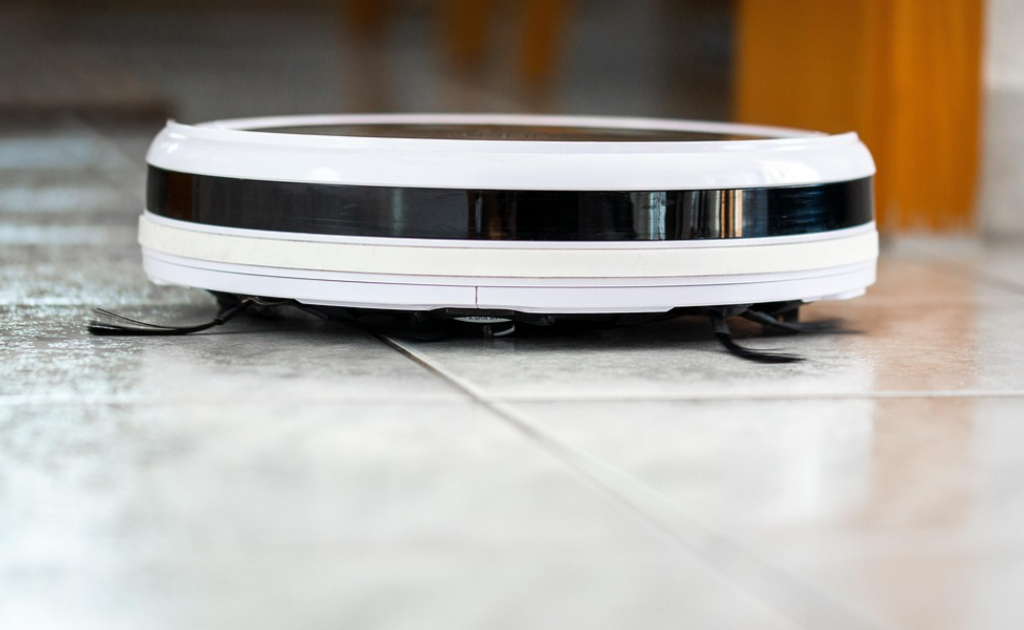Introduction
Vacuum cleaners are a fundamental tool in keeping your home clean, but they don’t stay in tip-top shape without regular care. Most people don’t realize that a little maintenance goes a long way in extending the life of your vacuum and ensuring it continues to work at full power. In this article, we’ll explore three easy, effective tips that will not only improve your vacuum’s efficiency but also save you money in the long run by preventing the need for frequent replacements.
Tip 1: Clean the Filters Regularly
Vacuum filters do a lot more than just trap dust—they help maintain suction power and ensure your vacuum operates at peak performance. However, over time, filters can get clogged with dust and debris, which reduces airflow and performance. Cleaning them regularly is one of the easiest and most effective ways to keep your vacuum working like new.
How Often Should You Clean the Filter?
The frequency with which you clean your vacuum filter depends on the type of vacuum you own. For bagless models, it’s generally recommended to clean the filter every 1-3 months. If you have pets, you might want to clean it more frequently due to the extra hair and debris.
Steps to Clean Your Vacuum Filter
- Turn off the vacuum and unplug it for safety.
- Locate the filter. In most models, it’s easy to find in the dustbin or near the motor.
- Remove the filter carefully, checking for any loose debris around the area.
- Rinse it under warm water (if the filter is washable) and let it air dry completely. Avoid using soap or scrubbing too harshly.
- Reinstall the filter once dry.
By sticking to this cleaning routine, you’ll help maintain your vacuum’s suction power and overall longevity.
Tip 2: Empty the Dustbin or Bag Regularly
A full dustbin or vacuum bag can significantly reduce the suction power of your vacuum cleaner. Allowing debris to build up can strain the motor, leading to unnecessary wear and tear. Emptying the dustbin or bag regularly not only ensures better performance but also helps prevent blockages that can harm the vacuum.
How Full Should Your Vacuum Bag Be?
Ideally, you should empty the dustbin or replace the bag when it’s about halfway full. This prevents excess buildup that could reduce airflow and affect suction. For bagless vacuums, pay attention to how much dirt accumulates—when it reaches the “max fill” line, it’s time to empty it.
When to Empty the Dustbin
If you’re noticing a decrease in suction or the vacuum feels heavier than usual, check the dustbin right away. A vacuum that’s struggling to pick up dirt might just need an empty dustbin to get back to its peak performance. Regular emptying is especially important for households with pets, where fur can quickly fill up a dustbin.
Tip 3: Check and Maintain the Brushes
The brushes on your vacuum are essential in picking up dirt from carpets and floors, but over time, they can become tangled with hair, debris, and other particles. Keeping them clean ensures they continue to rotate efficiently, picking up dirt without obstruction. This tip is especially important if you have pets or long-haired family members.
How to Clean Vacuum Brushes?
- Turn off and unplug the vacuum for safety.
- Remove the brush roll from the vacuum. Most vacuums allow you to do this easily with a screwdriver or simple button release.
- Cut away any hair or debris that has wrapped around the brushes using scissors.
- Wipe down the brush with a damp cloth to remove any remaining dust or grime.
- Check the brush for any cracks or damage that might require replacement.
Replacing Worn-Out Brushes
After a while, your brushes may become too worn out to function properly. If you notice that the bristles are bent, damaged, or significantly shorter than they should be, it’s time to replace them. Check your vacuum’s manual for the right brush replacement.

Additional Maintenance Tips
While the three tips above will go a long way in extending your vacuum’s life, there are a few extra maintenance practices you can follow to ensure your vacuum stays in top shape.
Keep the Vacuum’s Hose Clean
Clogs and blockages in the hose can drastically reduce suction power. To avoid this, periodically check the hose for any obstructions. You can even use a long, flexible brush or broomstick to push out debris that might be stuck inside.
Store Your Vacuum Properly
When not in use, store your vacuum in a cool, dry place. Avoid leaving it in areas with high humidity, as moisture can damage internal components. Ensure that the hose is not kinked and that the vacuum is upright, which helps prevent any undue pressure on its parts.

Conclusion
In conclusion, maintaining your vacuum doesn’t have to be difficult or time-consuming. By cleaning the filters, emptying the dustbin regularly, and checking the brushes, you can keep your vacuum in great working order for years to come. These simple maintenance tips not only improve performance but also save you money by extending the life of your appliance. With just a little effort, you can ensure your vacuum remains as effective as the day you bought it.

FAQs
1. How do I know when my vacuum filter needs cleaning?
If you notice a decrease in suction or if the filter looks visibly dirty, it’s time to clean it. Regular cleaning every few months is a good habit.
2. Can I wash all types of vacuum filters?
Not all filters are washable. Check the manufacturer’s instructions to see if your vacuum’s filter can be rinsed under water or if it needs to be replaced.
3. Why does my vacuum lose suction so quickly?
If your vacuum loses suction, it could be due to a full dustbin, a clogged filter, or dirty brushes. Check these components to restore suction.
4. How often should I replace the vacuum brushes?
If the bristles are worn down or damaged, it’s time to replace the brushes. This may happen every 1-2 years depending on usage.
5. Is it okay to store my vacuum in the basement?
Storing your vacuum in a dry, cool area is best. Avoid damp or humid spaces like basements to prevent damage.



